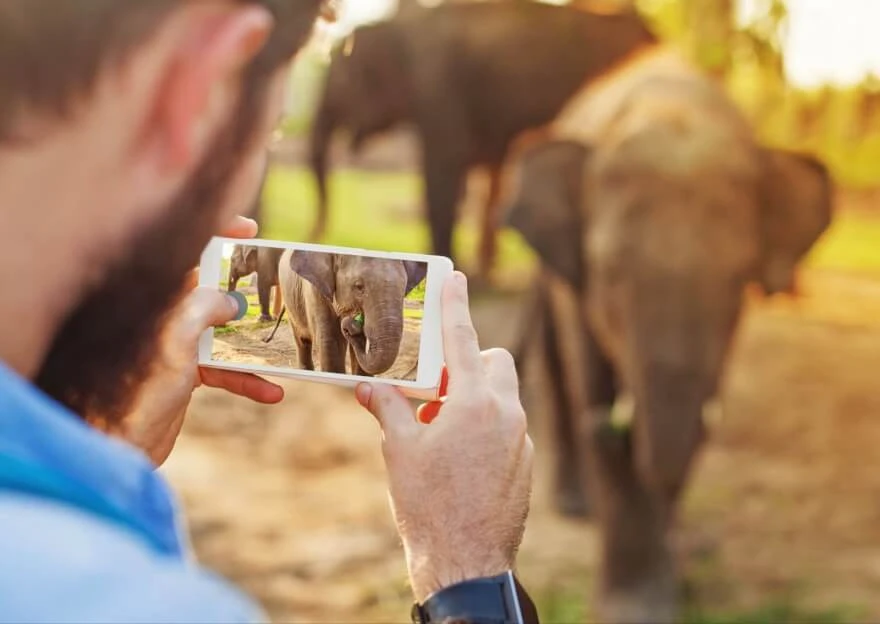How to license your photo?
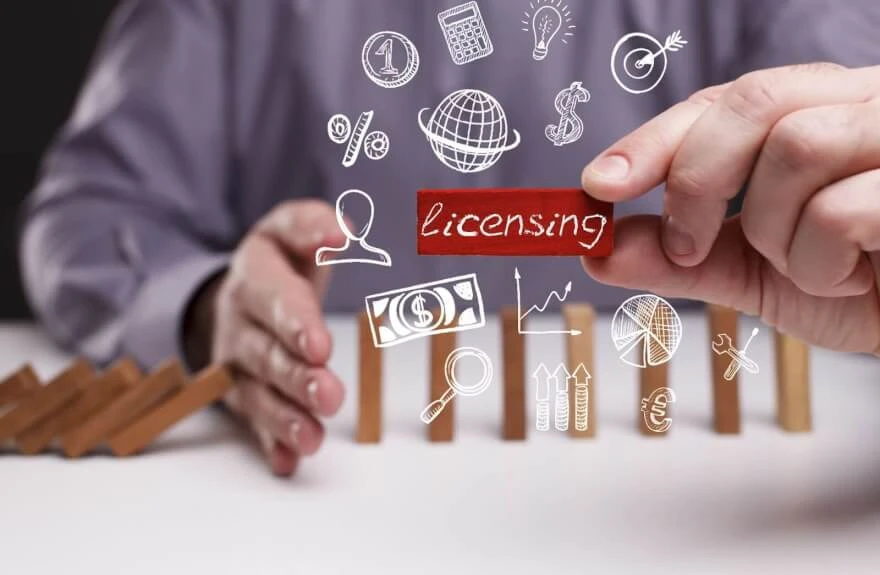
- Where to sell your portfolio?
- Understand the photography license
- Get into more details on image licensing
- Why is it important to respect copyright?
- Who owns images rights?
- What are the license photo types for stock photography?
- Practice the Creative Commons licensing photos
- Highlight the features of copyright for pictures and photographs
Nowadays every owner of a smartphone has dozens or even hundreds of photos in the gallery of the device. Everyone loves and knows how to take pictures: someone sends selfies to social networks, and someone is trying to capture the surrounding view. But a simple hobby can become something big.
It turns out that you can make money from your photos. Sounds too tempting to be true? Photo stocks pay for photos. These services do not require a perfect image processed by Photoshop at all. People believe that their amateur photographs are not requested in their original form. But it is up to the buyer of the picture to decide what to do with it - to leave it as it is, or to process it. Photo stocks are so interested in the influx of data that they have abandoned the previous entrance exams. If the check remains, then it is formal and it is not difficult to pass. Marketplaces, even for the convenience of their users, have created special applications that help upload photos directly from mobile devices to a social network.
Don't expect photo stocks to make you rich. But why not try selling a few of your photos and see how much you can get for it? Special skills and special equipment are not required for this. Perhaps a small hobby can grow into a permanent source of income. Working with photo stocks involves understanding their terms.

Where to sell your portfolio?
The Internet has made it extremely easy to license and sell your pictures. Online image stocks permit nearly anybody with some ability to upload and sell their pictures on the website. But keep in mind that these commercial areas frequently charge a 70 or 80 percent commission expense on any picture you sell, and you may need to value them low to be serious. The second is that these portals are so over-immersed with pictures that it may be amazingly hard to stand apart from the group, and surprisingly more hard to get your pictures acknowledged.
The other option, obviously, is to offer pictures on your own site, which has its own pricing issues. You can utilize destinations like Flickr or online media, for example, Facebook and Twitter to help your images. Yet you additionally need to have a solid comprehension of internet searcher position, and, obviously, the capacity to create and keep up your own site. You will likewise have to learn something about how to upload and provide a permission to use your pictures, or probably you should pay for a product fee or administration that permits you to do this.

Understand the photography license
One of the principal things you must accomplish for an imminent client is send them a sample of an agreement. It's nothing unexpected that the customer might be searching for a greater usage of images and rights than you are able to give, yet at this beginning phase they may not yet have a solid idea of how they plan on utilizing photography. You should be clear about the usage and in a specific purpose description. Just determined use will be allowed. The customer must comprehend easily how they can and can't manage the photographs. You should be clear and brief. In the event that you are not a lawyer, kindly don't attempt to compose a complex contract. This isn't an ideal opportunity to present yourself as a legal advisor.
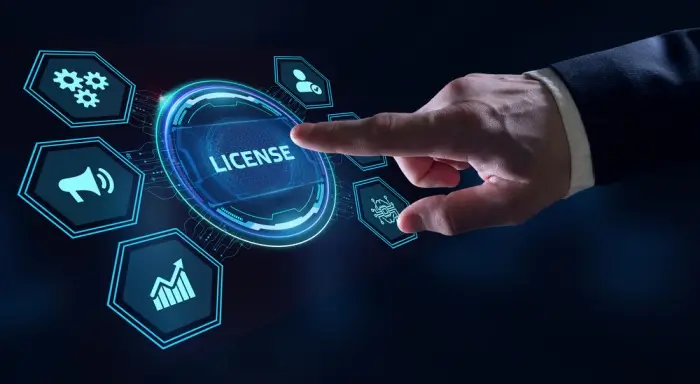
Get into more details on image licensing
Everything should be written on the stock site. If all photos are protected by the same license, they write about it once in a separate section. If the licensing is different, it is usually mentioned on product cards. Moreover, sometimes you can choose between different types of licenses (at different prices) for the same image.
Stock portals sometimes establish their own additional rules. For example, many websites do not support the sale of images downloaded from them, and ask not to upload these images to competitors' sites.

Why is it important to respect copyright?
The more people acquire a particular image, the more difficult it is to control who used it and how: so piracy often goes unpunished. But if you get caught, you can get a substantial fine.
It's easier to buy licensed images. They are usually not very expensive unless you purchase an exclusive grant. And free stocks should not be discounted: there you can find useful materials for a wide variety of projects.
To save on buying pictures, look first of all free stocks. If you are interested in a specific topic, subscribe to the photographers you like. You will immediately see their new work published. Finding good free images can be time-consuming, so think ahead: save not only images that are suitable for the current project, but also those that may be useful in the future. And if you decide to purchase an image on a prepaid resource, think in advance about the required size: often, medium-sized photos are cheaper than full format.

Who owns images rights?
When ordering illustrations and photographs from the authors, indicate the transferred rights in the contract so that there are no further disputes. The artist or designer in the illustration and the photographer have several types of rights apply to photographs:
- Personal non-property rights. This is the copyright of the creator of the image. You cannot sell these rights and designate another person as the author.
- The right of succession. Every time the original work - a photograph, sketch or illustration - is resold with the participation of a legal entity, the artist has the right to receive a percentage of the sale price. The percentage depends on the resale price. The right to receive interest belongs only to the artist himself; it cannot be transferred to another person.
- Exclusive rights to use illustrations or photos. It is important to stipulate the right to post on the Internet, print in newspapers and magazines, show at exhibitions, sell in image banks, redraw, make and sell merchandise with such images, and more. These rights can be sold, if specified in the contract specific ways of using images.
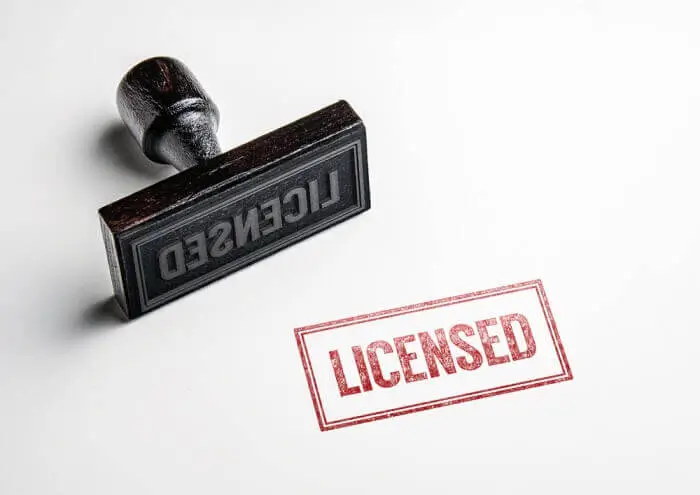
What are the license photo types for stock photography?
There the following types of licenses:
- Royalty Free (RF);
- Extended Royalty Free (extRF);
- Right Managed (RM);
- Exclusive Buyout (EB);
- Editorial license (EL);
- Rights-Ready license (RR);
- Creative Commons (CC).

The RF the most common type of photo license with the largest number of sales. Royalty free means that an image can be used multiple times without additional payments.
When sold under this agreement, all rights remain with the author. The person who bought this photo can only use it in the same resolution, volume and in the terms specified in the agreement of the image stock where he purchased it.
For example:
- image size should not be more than 900x700 pixels;
- the total circulation of the image is no more than 200 thousand copies (magazines with large circulation cannot use the standard Royalty Free license - they need to purchase an extended option);
- the time of using this image is 2 years from the date of purchase, etc.
Very often, several restrictions apply at the same time.
An image purchased under a Royalty Free license can be used many times without additional money to the author or photobanks.

The extRF is an extended version of the Royalty Free that has broader rights to use images.
This type of a contract allows you to distribute pictures in larger editions and removes a number of other constraints. When using images for products for commercial use (postcards, posters, templates, T-shirts, etc.), you must purchase an extended license. The cost of one photo under such an option is usually 5-10 times higher than under a regular Royalty Free.
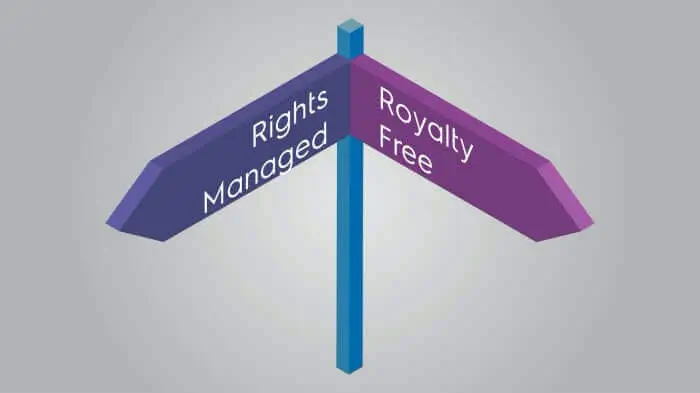
The RM is a rights managed license. It is not used on microstock. More often found on medium and large photo banks. All parameters under this contract are negotiated, respectively, and the price for a picture will depend on what conditions the buyer needs. For this type, photo banks maintain a history of photo sales, so if this image was sold by another site, then the author must immediately report to all other places of sale.
For example: a company has bought an image, but does not want its competitor to be able to use it, so it acquires this image under such a license with agreed conditions. Or it is stipulated that this image cannot be used in a particular region or for a certain period of time.
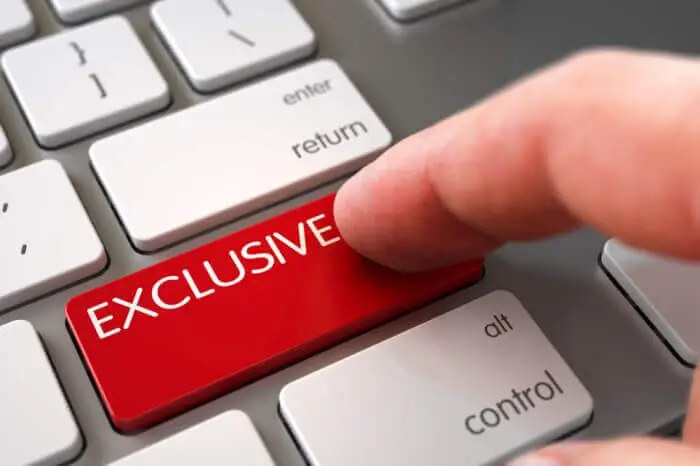
An EB is an exclusive license. After the sale of an image under this agreement, you are obliged to remove this image from all other websites. All rights to this image (of course, except for copyright) are transferred to the buyer. From now on, you cannot sell or in any other way use this image. Such images are considered to be a series of images with minimal differences.
For example: the same model, with the same make-up, in the same clothes, but in different poses; dashboard of the same car, photographed from different angles.
Be careful! If you understand that you will not be able to promptly delete an image after its sale under this license from all photo stocks, then it is better not to provide buyers with the opportunity to purchase your images under this right.

An EL is another type of license that is becoming popular in the microstock photography environment. It implies that the work may be used for informational and educational purposes, and prohibits the use of the image for advertising, marketing and other commercial purposes. The image does not require a signed model release from the people in the photo as required for commercial use under a Royalty Free license. Not all images are eligible for sale under an editorial license, such as close-up photographs of a person with a particular person as the main subject.

The RR is a license in which an image is used in a specific project and for predetermined purposes. The buyer indicates in which project and for what purposes the photo will be used, while he does not pay any additional fees if he uses the work for the same purposes and in the same project.

Practice the Creative Commons licensing photos
This is not even one license, but a whole set of agreements for all occasions. Basically, this type is used in free image stocks. CC licenses and legal tools strive very hard to maintain a balance while staying within the traditional “all rights reserved” system of modern copyright law. Each contract allows creators, if they use CC tools, to retain copyright while allowing others to copy, distribute, and in some way use their works, at least non-profitably.
Each CC contract operates worldwide and lasts as long as the copyright lasts (because they are copyright-based). These common features are basic. Moreover, licensors may decide to grant additional permissions if they wish to express a desire about how their work should be used.

There are several types of CC licenses :
- Attribution CC BY is an option which allows others to redistribute, edit, correct, and base your work, even commercially, as long as they credit you. This is the most permissive agreement offered. It is recommended for maximum distribution and use of the licensed material.
- Attribution-ShareAlike CC BY-SA is a contract that allows others to edit, revise, and base your work, even for commercial purposes, as long as they credit you and license their new creations under identical terms. This idea is often compared to copyleft free and open source software contracts. All new works based on yours will be distributed under the same license; any derivative works will also be allowed for commercial use. This option is used by Wikipedia and is recommended for materials that benefit from the inclusion of content from Wikipedia or similar projects.

- Attribution-NoDerivs CC BY-ND is an option permitting distribution, commercial and non-commercial, as long as the work is transmitted unchanged, attributed to you.
- Attribution-NonCommercial CC BY-NC is an agreement that allows others to modify, amend, and base your work in a non-commercial manner; their new works must include you as the author; works must be non-commercial; those who use your work should not license derivative works under the same terms.
- Attribution-NonCommercial-ShareAlike CC BY-NC-SA is a contract allowing others to edit, revise, and base your work for non-commercial purposes as long as they credit you and license their new creations under identical terms.
- Attribution-NonCommercial-NoDerivs CC BY-NC-ND is the most restrictive of the six major licenses, allowing others only to download your work and share it with others as long as they credit you, but in any case they cannot modify it or use it commercially.

Highlight the features of copyright for pictures and photographs
- The image itself is protected, but not the idea. Two illustrators will draw the same sunset differently, and photographers can take the same angle of the subject, expose the same light, but take photos themselves. Their photos will be separate objects of copyright, even if the photo contains the same model in the same clothes and posture.
- Artistic value doesn't matter. It doesn't matter how well the image is made, only the creative contribution matters. The drawing of a five-year-old child will be protected in the same way as the masterpiece of a famous painter.
- A photo from a city automatic camera for catching traffic is not protected by copyright, there is no creative contribution of a person in it. But if this is a photo from an animal trap, then it falls under copyright, even if the photographer himself did not press the button. Nevertheless, he chose the location, the angle, installed and set up the camera.
- Reproduction and processing without the consent of the author is illegal. An image redrawn exactly like an image without the consent of the author is considered an illegal copy, and if minor changes have been added to it, an illegal reworking of the work.
There are peculiarities in the situation with photographs: the Eiffel Tower is photographed from the same angle by millions of people, but each person will have their own rights to the photo taken personally by him. If you want to use a photo from a well-known place, but cannot agree with any of the photographers, then you can come to the same point, wait for the necessary weather conditions, choose a similar angle and camera settings and take your own photo. You will have full copyright for this image, and you can use it as you wish.
Difficult situations occur where the use of the idea ends and the processing of the image begins. Such situations often arise when selecting illustrations for articles or posts in social networks on similar topics. It's just that a new drawing on the same topic, with the same idea, is legal, but reworking the picture without the consent of the author of the original drawing is prohibited.
Co-founder of RetouchMe. In addition to business, he is passionate about travel photography and videography. His photos can be viewed on Instagram (over 1 million followers), and his films can be found on his YouTube channel.
Moreover, his profile is featured on the most popular and authoritative resource in the film industry — IMDb. He has received 51 international awards and 18 nominations at film festivals worldwide.
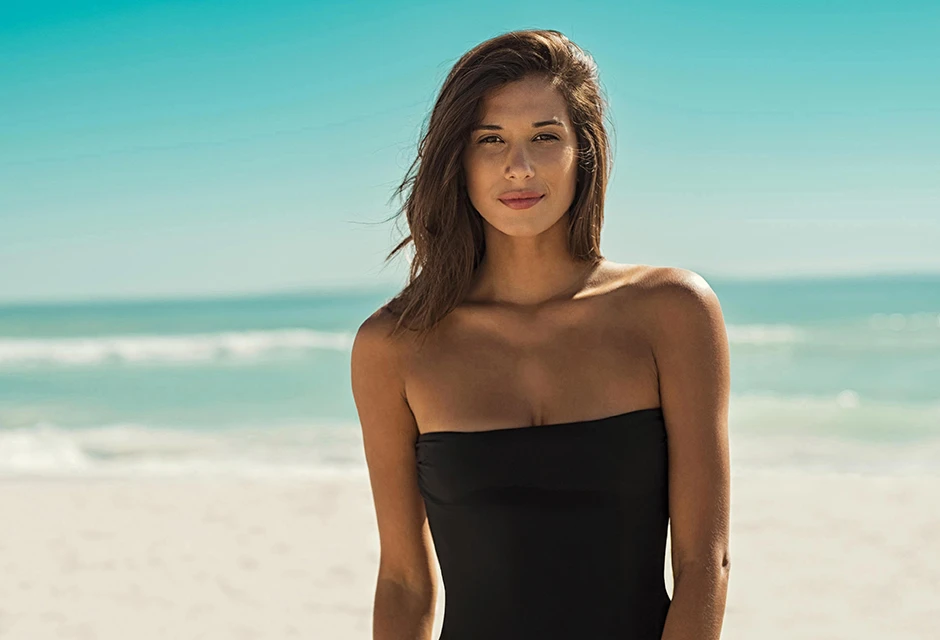
with RetouchMe











